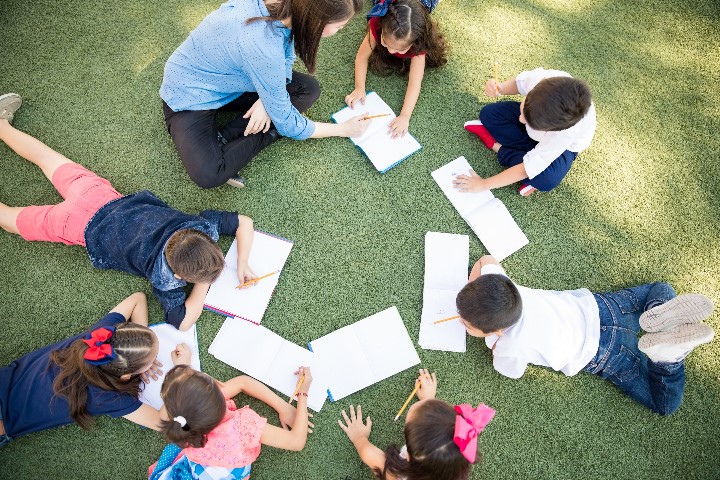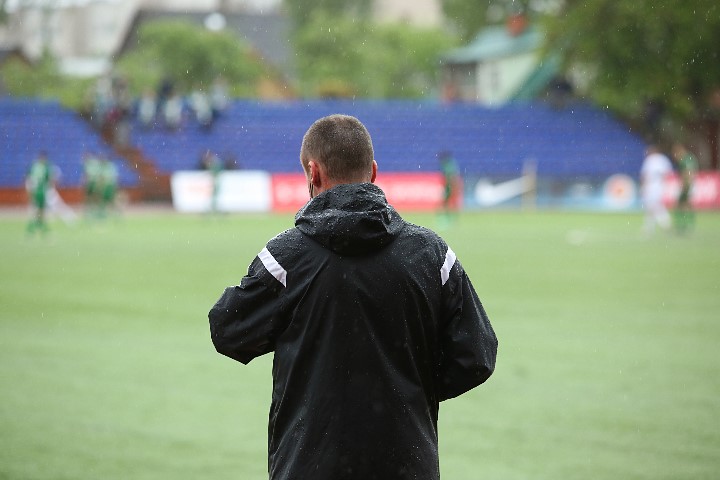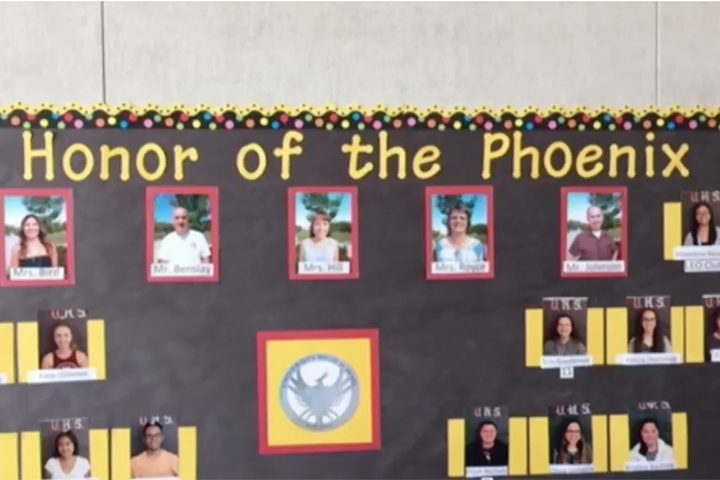Ketcham Elementary School fourth-grader Arazne Pannell looks forward to Wednesday afternoons, a time when she can unwind with friends as part of the after-school Anthology Club.
“I’ve been in the club for two years and it actually serves as a break from stress for me,” said Pannell, one of about 10 students in the writing club who attends with her third-grade sister Anari. “I love this part of the day on Wednesdays because I get excited when we’re all together writing and having fun.”
The three-year-old Anthology Project at Ketcham is funded through the District of Columbia’s “Excellence through Equity” program, and it’s one of many programs aimed at helping disenfranchised students engage in school, the Washington Informer reports.
The project is designed by founder Ciji Dodds and teacher adviser Sarah Baraba to help students improve academics, particularly literacy skills, through creative writing that focuses on equity, and social and emotional learning. Volunteer educators meet with students in grades two through five, who craft writings around a theme that’s later published in anthologies.
“You can tell the growth of the students just by the quality of their writings over the past two years,” particularly in the politically-themed compilation, ‘Breakthrough,’” Dodds told the news site. “Last year was big time in politics, and we focused on how policies and politics affect students. A lot of our students were concerned, and they were experiencing different feelings, so we wanted to give them an outlet to express that.”
Ten-year-old Ta’Shaun Hunt said she learned a lot about segregation, Black History Month and famous black folks, while fifth-grader Jeremiah Walker said the club has inspired a love of writing and made him more outgoing.
“I really like to write and being in the club helps with my (social) strategies,” he told the Informer. “I can see a lot of improvement.”
Writing club advisers encourage students to reflect on their own experiences and environment with anthologies including “Beyond the Bridge” and “In My Neighborhood,” with focused on the positive aspects of the Anacostia community.
Another anthology, “The Me I wish to Be,” is a freestyle compilation about students’ hopes and dreams.
“On average, we have about 10 student members of the Anthology Project,” Baraba said. “We usually refer to them as the actual authors, although we sometimes fall for contributing students who just want to submit their stories to the anthology.”
In narrating their own stories, the stories of their neighborhood, and their aspirations for themselves, the Ketcham students are doing the foundational work of building character.
James Davison Hunter, founder of University of Virginia’s Institute for Advanced Studies in Culture, connects the dots between story and character in The Tragedy of Moral Education in America:
Implicit in the word character is a story. It is a story about living for a purpose that is greater than the self. Though this purpose resides deeply within, its origins are outside the self, and so it beckons one forward, channeling one’s passions to mostly quiet acts of devotion, heroism, sacrifice, and achievement.
The Anthology Project draws students into the big questions of who they are, where they are going, and how policies will impact their lives – the essential questions of character.
Inspiring students to write often begins with providing them with something beautiful to read and imitate. The Jubilee Centre for Character and Virtues offers a starting point with the lesson Virtue, Vice, and Verse.










